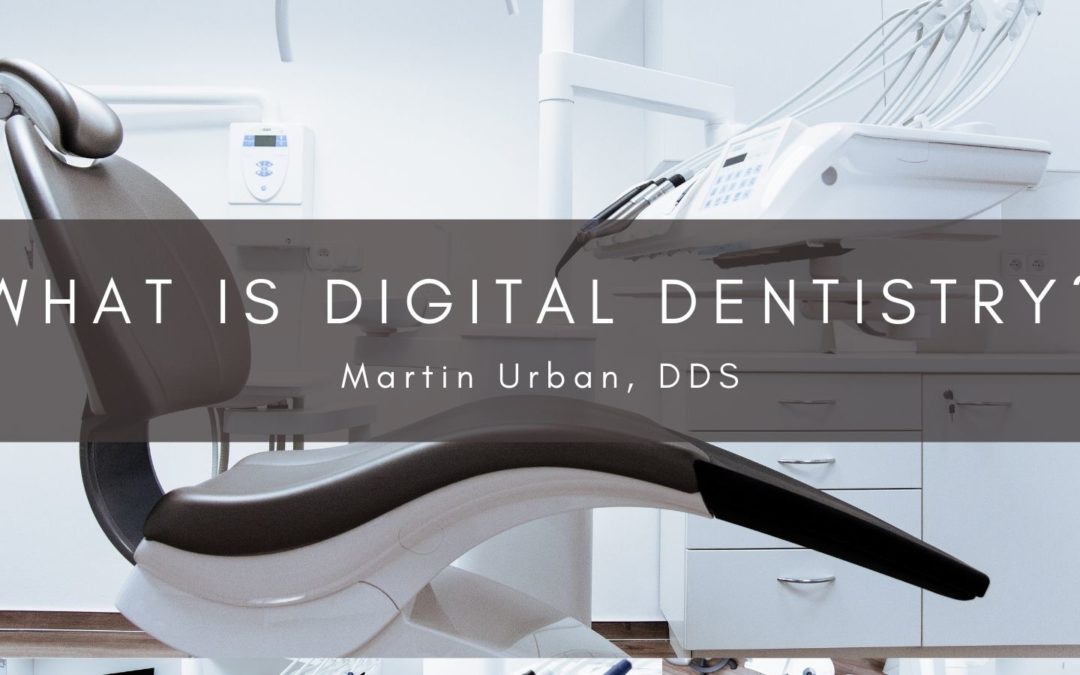The world today has positively embraced futuristic concepts and technologies across all fields, including dentistry. Digital dentistry involves the incorporation of technology and other digital devices in the practice of dentistry. It consists of using computers and computerized gadgets to diagnose, correct, treat, and teach about dental and oral issues. According to Penn Today, using optical scanners to scan teeth is a significant example of digital dentistry in place.
Critical Steps in Adopting Digital Dentistry
Following key steps while embracing any new technology determines whether it succeeds or fails. The following three steps are essential for an institution to embrace digital dentistry effectively:
Building a team of experts
Coming up with a team of digital experts is the first step. Digital dentistry is complex; therefore, anyone who makes it to the team needs to be highly skilled. The experts explore different field areas based on specific institutional needs to develop the digital technologies required. Factors to consider while coming up with the team include:
- Exact project goals
- The size of the team
- Their level of expertise
- The duration
- The budget
Coming up with New Digital Technologies
The team assembled does the relevant research to come up with the technology to be embraced. The technologies should solve specific pain points within the dental field.
Always keep improving
The digital world is fast-paced. New technologies emerge while older ones become extinct. Therefore, continuous improvement is fundamental to the survival of any technologies embraced in digital dentistry. Some ways to ensure digital dentistry technology keeps improving include:
- Creating consistent updates
- Doing a lot of research.
- Incorporating new technologies in other areas with existing digital dentistry technologies.
Areas of Digital Dentistry
Digital dentistry is broad and covers an endless list of areas, such as laser technology, to treat teeth disorders. Intraoral imaging or photography is also another critical area. Using optical scanners, digital oral radiography, and digital diagnosis of tooth disorders such as dental caries are other vital areas.
Embracing digital dentistry has many benefits in the dental field to patients, practitioners, and even educators. Therefore, it is necessary to tap into this area, improve existing digital technologies, and even develop new ones.

